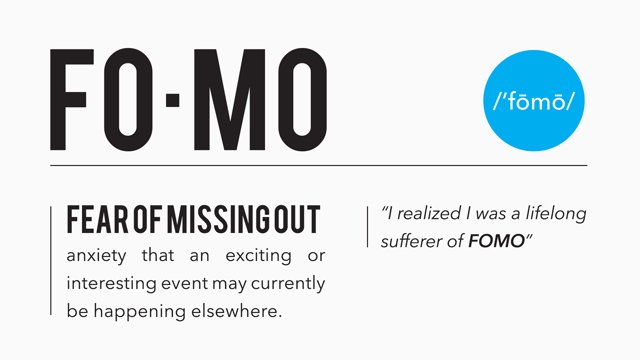Since today was a little bit of a slower day I thought I would spend some time discussing trade discipline and dealing with FOMO.
Of course, when I say “slower,” take it with a grain of salt, since this summer has been one of the craziest I have ever seen in my trading career. Every day, we have tons of solid longs and shorts. So, what happens on a day like today, when there is no pure setup that fits your style?
Often, many traders end up trading outside of their “wheelhouse.” Whether you are a long term, short term, typically biased long or short or any other style, when there are less opportunities in the market, you need to actually do the opposite of what you would think. You need to double down and focus on your most consistent technique and be willing to NOT TRADE, if your core setups are not there.
One of the reasons that I’m referred to as a “part time trader,” is based on the fact that I’m willing to consistently exert the discipline to simply walk away from the trading station and not force trades. I’m fairly confident that no trader has failed by NOT making trades. But, I’ve seen hundreds fail by forcing trades that simply are not there or are random. I can personally attest that some of my most painful losses have been trading 3X ETF’s or other similar instruments on slow days.
I touched on this in a recent webinar: Tim Bohen Stocks to Trade Presentation 2016-8-03
Now, back to the counter-intuitive aspects. You may ask “well, if there are no setups , but I still need to make my paycheck, how can I do that with no trades?” Myself, I dig back into education and growth. I read Google articles, I go to YouTube, I watch instructional DVD’s and I write to my journal.
Spend this time enhancing your skills and discipline for when your types of trades come back. The potential reward in making yourself better, faster and smarter far exceeds any potential profits on a mediocre/non ideal setup. I’ve wasted 4 hours to make $50 on a trade that I dug and dug to find. I could have read half a book in that time, or watched hours of instruction or tweaked my setup of StocksToTrade to fit my style and increase my efficiency.
Download a PDF versionof this post.
You need to highly value your time. There are millions of quotes about time being your most valuable asset, but it is 10X true in trading. If you are not spending your time wisely increasing your knowledge or honing your skills, you are not getting better, you are getting worse. There is no stasis in trading, it is the purest survival of the fittest career out there.
Remember that just because you are not pressing buy and sell buttons does not mean that you are not making progress. Treat your trading capital as your second most valuable asset (behind yourself and your time). Only put your capital at risk when you can fully in your heart say, this trade has a solid minimum of a 3-1 reward to risk ratio. Then, write out a detailed trade plan and follow it. If you can’t lay out this plan, you need to be totally and unconditionally comfortable with passing on the trade. Have a queue of projects or items that you need to research and tell the market you will be back when it presents better opportunities.
I personally think that one of the biggest roadblocks for new traders is finding and defining your style. But, quickly afterwards, the evil of FOMO will rear its head. Fight this beast with discipline.
In future posts, I’ll be going over how to experiment and find your trading style. Until then, keep track of, in your trade journal, whether or not a trade truly fits your core setup and what the end result was. I think you will quickly find that the majority of your profits come from a small minority of truly ideal setups. Focus, focus, focus on eliminating that batch of FOMO trades that slowly eat up your progress.
